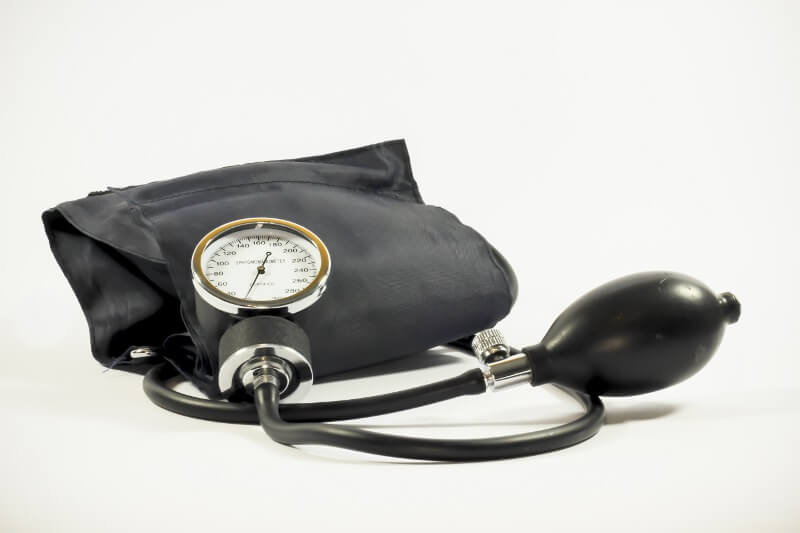
May is National Blood Pressure Education Month. Did you know that high blood pressure, also known as hypertension, is the leading cause of strokes? The American Heart Association cites stroke as the fifth leading cause of death in the United States, meaning one in every 20 deaths, as well as the “leading cause of long-term disability and the leading preventable cause of disability.” The key word here is preventable. There are many ways to lower your high blood pressure and risk for stroke. Check out this PDF provided by the Million Hearts organization, based on information provided by the CDC (Center for Disease Control and Prevention), loaded with tips and tools to manage your blood pressure.
To keep your numbers in check, make sure you are exercising regularly, limiting your salt and processed foods intake, avoiding alcohol and smoking, and finding ways to manage your stress. Lowering your blood pressure is a team effort. Share your diagnosis and goals with friends, family, and all of your health care professionals, including your eye doctor. If you’ve been diagnosed with high blood pressure, make sure you’re keeping tabs on your overall health. High blood pressure can contribute to a number of medical issues including kidney disease, heart failure, and vision loss.
The American Heart Association advises that the long-term effects of high blood pressure can lead to blood vessel damage, fluid buildup under the retina, and nerve damage to the eye. Warning signs for potential vision loss due to untreated high blood pressure include blurry vision or distorted vision. Your ophthalmologist is able to perform a simple test to check for blood vessel changes or potential damage caused by high blood pressure. In fact, many patients first learn of their high blood pressure because their eye doctor notices the warning signs during a routine eye exam. Make sure to tell your eye doctor if you’ve been diagnosed with high blood pressure or if your family has a history of high blood pressure
